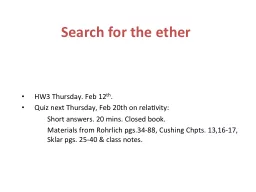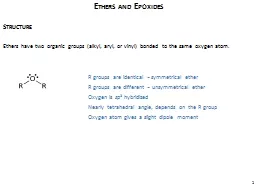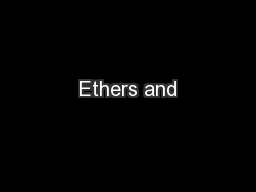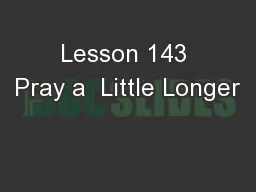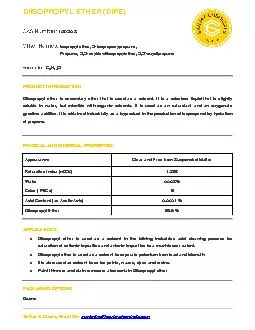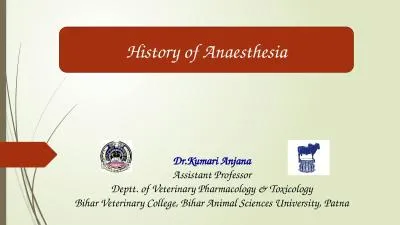PPT-Search for the ether HW3
Author : clustik | Published Date : 2020-06-23
Thursday Feb 12 th Quiz next Thursday Feb 20th on relativity Short answers 20 mins Closed book Materials from Rohrlich pgs3488 Cushing Chpts 131617 Sklar
Presentation Embed Code
Download Presentation
Download Presentation The PPT/PDF document "Search for the ether HW3" is the property of its rightful owner. Permission is granted to download and print the materials on this website for personal, non-commercial use only, and to display it on your personal computer provided you do not modify the materials and that you retain all copyright notices contained in the materials. By downloading content from our website, you accept the terms of this agreement.
Search for the ether HW3: Transcript
Download Rules Of Document
"Search for the ether HW3"The content belongs to its owner. You may download and print it for personal use, without modification, and keep all copyright notices. By downloading, you agree to these terms.
Related Documents

